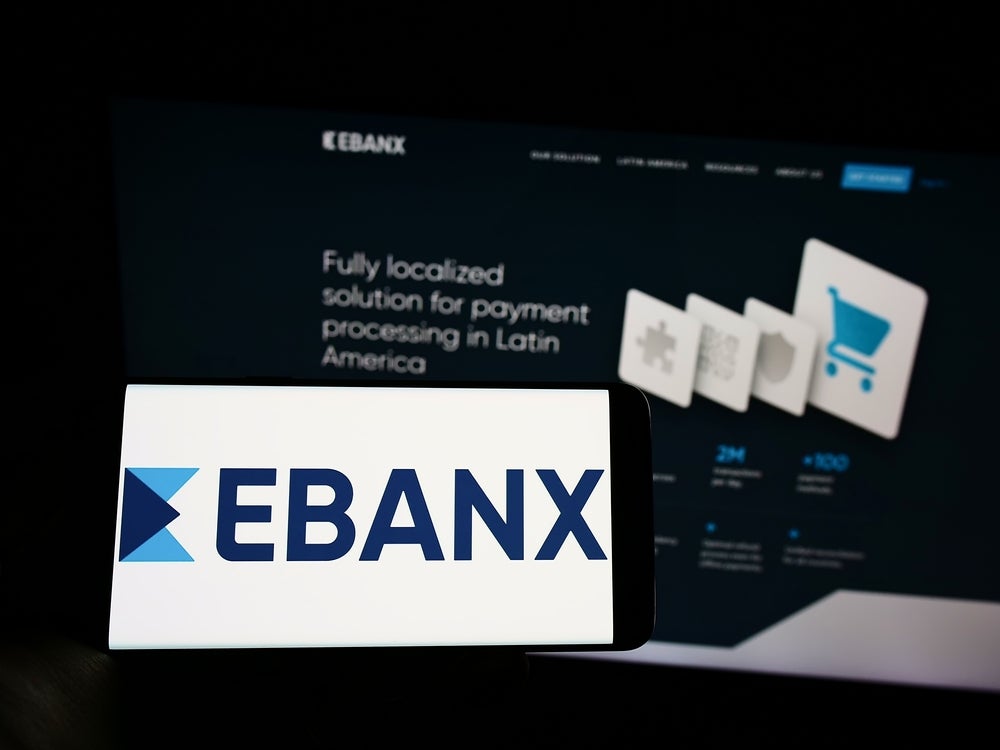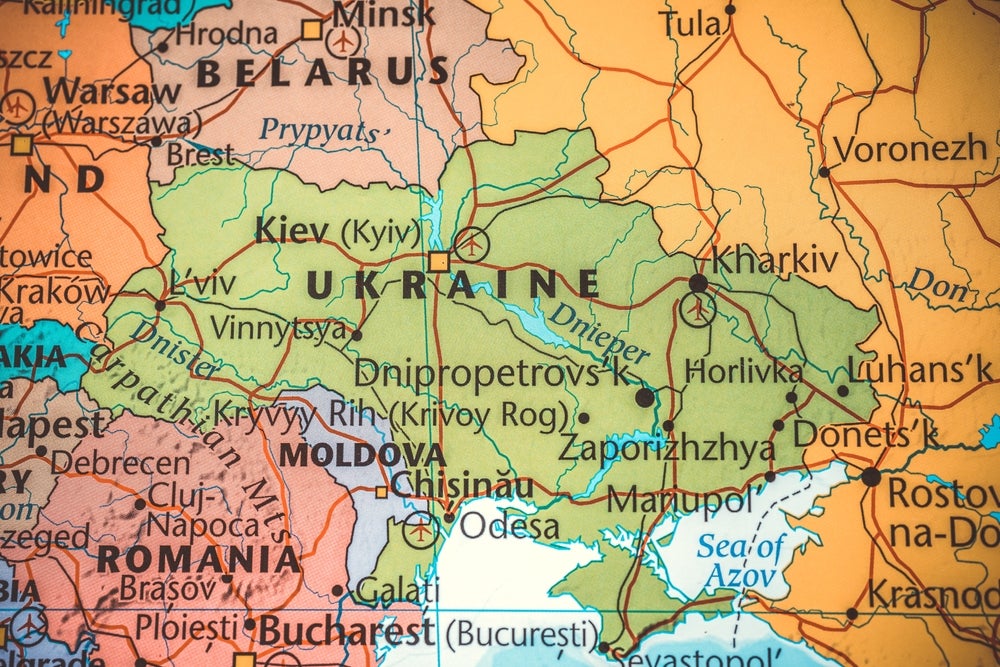The Ukraine economy has suffered from a great deal of uncertainty in the last year due to the Russian crisis. Despite this the cards and payments market has been growing steadily since 2009. While this is expected to continue through to 2018 the conflict in the region throws doubt over the industry
Ukraine’s economy was deeply impacted by the 2008-2009 global economic crises and saw demand decrease for its steel and chemical exports. In August 2010, Ukraine entered into an agreement with the International Monetary Fund (IMF) for US$15.1 Bn to put the country on the growth path and revive its beleaguered banking sector, and GDP growth resumed from 2010 onwards reaching a peak of 5.11% in 2011.
A lack of government enthusiasm in implementing key reforms in the energy sector caused the IMF program to stall in 2011; as a result, real GDP growth fell to 0.3% in 2013. This led to a decrease in the foreign exchange reserves in 2013, with fears of sovereign debt default in 2014. In March 2014, the European Union (EU) and IMF announced bail-out packages worth EUR11.2 Bn and US$14-18 Bn respectively, to support Ukraine’s economy, although prospects over the forecast period (2014-2018) are uncertain due to the Crimean conflict.

The Ukrainian cards payment channel registered healthy growth
The Ukrainian card payments channel grew at a healthy pace both in value and volume terms during the review period (2009-2013); the number of cards in circulation in the channel grew from 29.7 M in 2009 to 35.7 M in 2013, at a compound annual growth rate (CAGR) of 4.76%, and is anticipated to further post a CAGR of 5.06% over the forecast period to reach 45.3 M in 2018.
How well do you really know your competitors?
Access the most comprehensive Company Profiles on the market, powered by GlobalData. Save hours of research. Gain competitive edge.

Thank you!
Your download email will arrive shortly
Not ready to buy yet? Download a free sample
We are confident about the unique quality of our Company Profiles. However, we want you to make the most beneficial decision for your business, so we offer a free sample that you can download by submitting the below form
By GlobalDataIn terms of transaction value, the card payments channel grew from UAH353.6 Bn (US$45.4 Bn) in 2009 to UAH927.1 Bn in 2013, at a review-period CAGR of 27.25%. The card payments channel is forecast to increase further from UAH1.1 Tn in 2014 to UAH2 Tn in 2018, at a forecast-period CAGR of 14.50%.
Many factors supported review-period growth, such as an increase in per capita income, payment infrastructure modernization, and the adoption of technologically advanced payment cards. The government supported modernization in the form of regulations in September 2010 mandating all companies selling goods and services to accept card payments, contributed to the growth in value terms during the review-period. Banks have also targeted corporate employees and opened salary accounts, leading to the issue of debit cards in high volume.
As banking customers become more sophisticated, banks are differentiating their product offerings, and subsequently card customization for specific customer groups such as high-income individuals, young population, women and online shoppers is gaining prominence. Banks are using online, mobile and social media digital channels to promote their products and services, and increase customer engagement.
Prepaid and credit card categories offer growth potential
Growing consumer demand for prepaid cards has forced banks and issuing companies to introduce many variants of prepaid cards to meet specific needs. PrivatBank and Prominvestbank offer the E Card and Visa Virtuon respectively, while Ukrsotsbank offers the Gift Card. Cards for other specific purposes such as public transport fares and online shopping are slowly gaining importance in Ukraine.
Growth in the number of middle-class families and young population, rising need for credit, changes in consumer spending habits and the easy approval of credit cards fueled demand. Banks are issuing customized credit cards targeted at diverse customer segments such as high-income customers and women.

E-commerce and travel industry to increase scope for card-based payments
The value of e-commerce increased from UAH3.2 Bn in 2009 to UAH15.9 Bn in 2013, at a review-period CAGR of 49.18%. Over the forecast period, e-commerce is expected to increase to UAH65.2 Bn in 2018, recording a forecast-period CAGR of 32.21%. Outbound tourist spending increased at review-period CAGR of 11.51%, and is expected to rise over the forecast period at a CAGR of 8.12% to reach UAH64 Bn in 2018.
Anticipated economic growth and increased disposable incomes are likely to encourage outbound spending. Banks are also offering reward points, discounts and free insurance cover, and are encouraging customers to use payment cards by awarding cashback offers, discounts, reward points and purchase insurance. Positive growth prospects for e-commerce and the travel sector are expected to encourage growth.
Growth in retail industry
Despite the economy declining in 2008 and 2009, retail sales grew during the review period. The total value of retail sales in Ukraine increased from UAH478.1 Bn in 2009 to UAH643.5 Bn in 2013, at a review-period CAGR of 7.71%.
The primary reason for the growth of retail sales were increased disposable income, demand for high-quality products, and changes in consumer spending habits, especially among the young population. Retailers are also offering new product ranges to improve their customer base and revenues.
Over the forecast period, the value of retail sales is anticipated to increase further from UAH698.4 Bn in 2014 to UAH976.4 Bn in 2018, at a CAGR of 8.74%. Rising retail sales and the growing popularity of contactless cards are expected to drive growth in the overall card payments channel over the forecast period.

Growing mobile payments
Improvements in telecommunications infrastructure and payment and security systems, as well as increased consumer awareness and willingness to shop online, have resulted in the growth of m-payments in Ukraine. The value of m-payments grew significantly from UAH7.7 M in 2009 to UAH145.8 M in 2013 at a review-period CAGR of 108.39%.
With the number of retailers accepting mobile payments rising, the value of m-payments is likely to grow from UAH241.6 M in 2014 to UAH965.1 M in 2018, at a forecast-period CAGR of 41.37%.
Online shopping is growing in popularity, and to gain market share, banks such PrivatBank launched mobile contactless technology in September 2012. Online purchases and the anticipated growth in use of mobile contactless payments are expected to be key growth areas in m-payments.
Adoption of EMV infrastructure
Due to growing incidences of card fraud, the number of EMV-compliant cards in circulation increased from 1.9 M in 2009 to 2.1 M in 2013, at a review-period CAGR of 1.85%. The anticipated growth in the volume of EMV cards over the forecast period is likely to reduce counterfeit card fraud, increasing cardholders’ trust in payment cards. This is likely to benefit the Ukrainian card payments channel over the forecast period.
Adoption of new technology and enhanced infrastructure for payments
The growing popularity of contactless technology prompted banks in Ukraine to offer cards enabled with this technology. Card issuers have begun circulating contactless stickers which can be used to pay for purchases in large retail chains using mobile phones.
In September 2012, PrivatBank in partnership with Gemalto Optelio started to offer contactless stickers to its 18 M customers through its branches. The stickers are attached to mobile phones, and small-value payments can be made with a tap at contactless terminals. Similarly, in January 2014, Alfa Bank launched a mobile contactless payment pilot project in partnership with telecoms company Kyivstar.
Embracing social media to benefit the cards and payments industry
The use of social media to reach target audiences is steadily increasing among banks in Ukraine. Ukrsotsbank uses Twitter to communicate with customers and keep customers updated about product and service development.
PrivatBank has its own online forum, People Net, where customers are invited to share thoughts and suggest possible improvements. As more banks strengthen their presence on social media to engage with target audiences, this will have a positive impact on the cards and payments industry.
Expanding banking infrastructure
To deal productively with competitive pressures, domestic and foreign banks are expanding their banking infrastructure. Banks are expanding their network of automated teller machines (ATMs) and point of sale (POS) terminals in both urban and rural areas. To provide added security, banks are installing ATMs that accept Europay, MasterCard, and Visa (EMV) cards. Banks are also concentrating their efforts on internet and mobile banking services, as these methods are both cost-effective for banks and convenient for customers.
Additionally, to reduce incidences of card fraud at ATMs and POS terminals and at the same time offer convenience to their customers, banks such as PrivatBank started to offer technologically advanced payment systems. In July 2013, the bank introduced mobile contactless POS terminals, and in October 2013, launched a contactless Android ATM.
The number of ATMs in Ukraine recorded a review-period CAGR of 8.35%, increasing from 28,938 in 2009 to 39,877 in 2013. ATM Penetration (number of ATMs per 100,000 inhabitants) also increased from 63 in 2009 to 87.7 in 2013.
Over the forecast period, the number of ATMs is expected to increase at a CAGR of 5.01%, from 43,288 in 2014 to 52,639 in 2018. Similarly, penetration is expected to increase from 95.2 per 100,000 inhabitants in 2014 to 116.3 in 2017. Growing penetration will
The number of POS terminals in Ukraine recorded a review-period CAGR of 18.98%, rising from 103,063 in 2009 to 206,571 in 2013. POS terminal penetration (number of terminals per 100,000 inhabitants) increased from 224.2 in 2009 to 454.4 in 2013.







